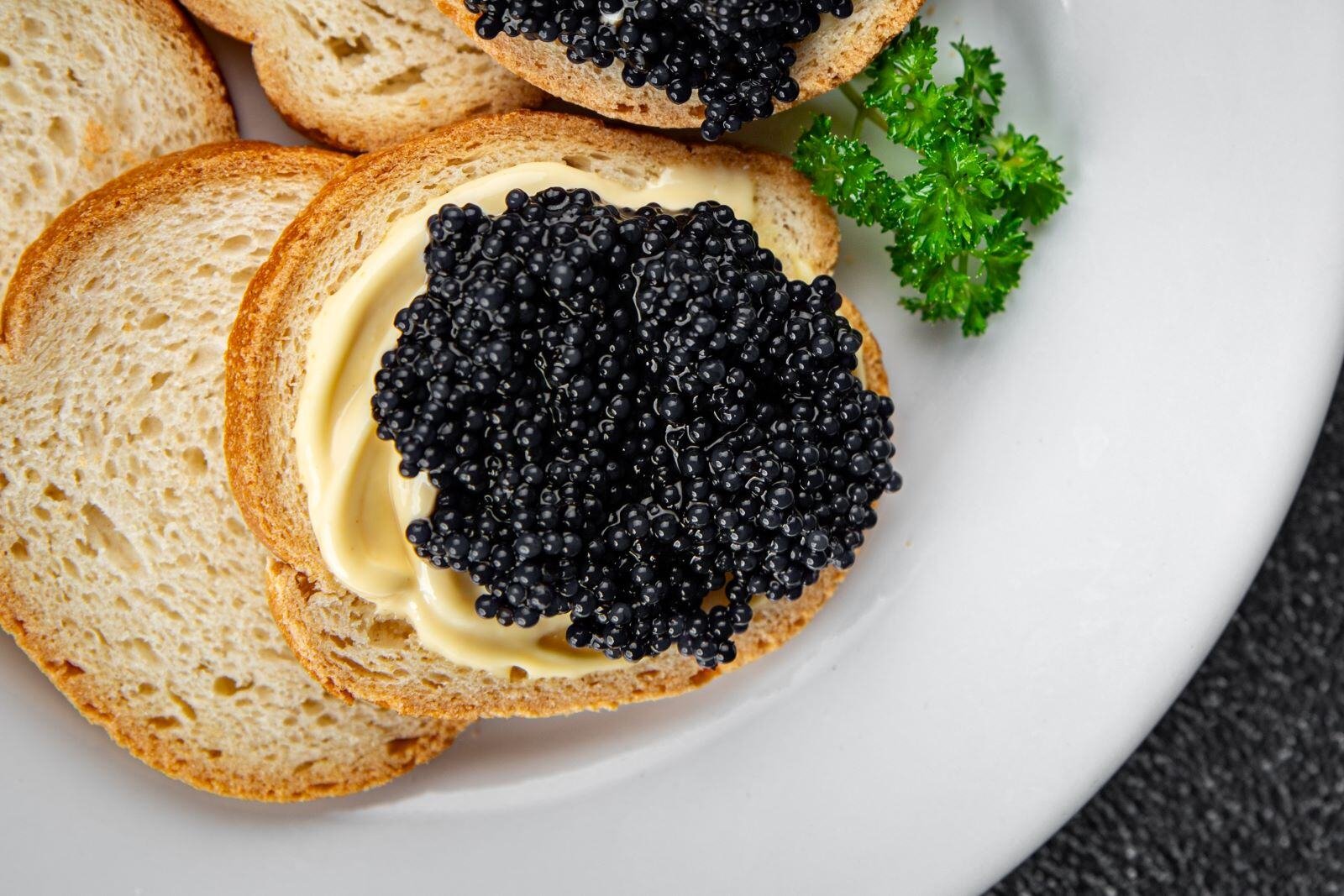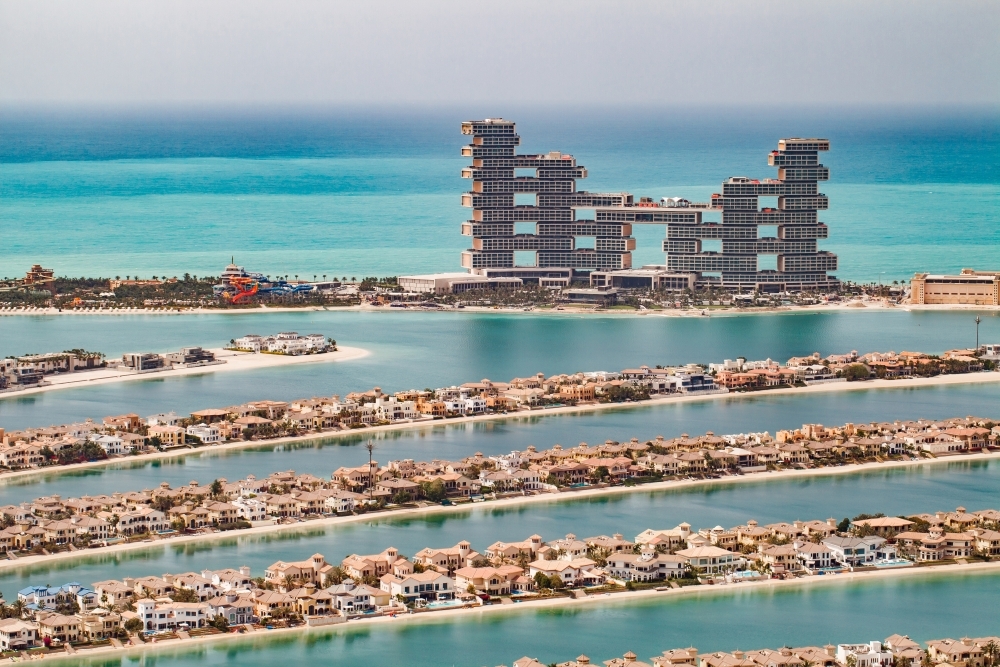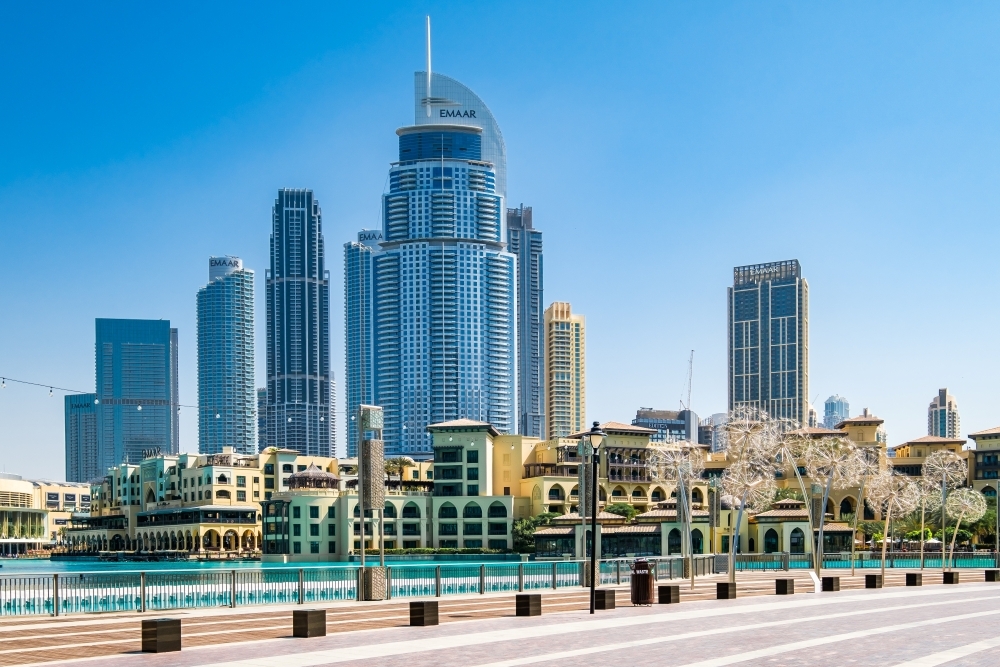10 Most Expensive Caviars in the World
Caviar is a defining feature of a high-end dinner, and a luxurious delight when served as a spread or garnish. These vitamin-rich cured fish eggs are rarely inexpensive; even grocery store tins are pricey for the quantity sold. But within the world of caviar, certain varieties stand out, not just for their taste but for the prices they command. Below we explore the ten most expensive caviars in the world, delving into the factors that make them such prized delicacies.

The Origins of Caviar
Caviar comes from the roe of the sturgeon fish, specifically the Sterlet, Osetra, Sevruga, and Beluga species. These ancient fish, which have existed since the time of the dinosaurs, are the source of some of the most sought-after dishes in the world. However, the production of caviar is a painstaking process that requires immense patience and care. One of the primary reasons for the high cost of caviar is the time it takes for a sturgeon to reach maturity, which can range anywhere from 10 to 35 years. This lengthy maturation period, combined with the declining population of sturgeon due to overfishing and habitat loss, contributes significantly to the sky-high prices of this gourmet food.
Most Expensive Caviar in the World
Strottarga Bianco – $113,630 per kilogram
Topping the list is the Strottarga Bianco, the world's most expensive caviar, often referred to as "white gold." Harvested from the Siberian Albino Sturgeon, this rare caviar is produced in Salzburg, Austria, by Walter Grüll and his son. What sets it apart, besides its scarcity, is the 22-karat gold flakes mixed with the roe, making it not just a delicacy but a literal treasure. The production process is incredibly resource-intensive, requiring 5 kilograms of roe to produce just 1 kilogram of finished caviar, justifying its outstanding price.
Almas Caviar – $34,000 per kilogram
A close contender, Almas Caviar is harvested from the albino Iranian Beluga Sturgeon in the South Caspian Sea. The rarity of this sturgeon, combined with its unique genetic traits and advanced age – ranging between 60 to 100 years – makes Almas Caviar one of the most exclusives in the world. The caviar's creamy, nutty flavour and its delicate yellow hue rank high with connoisseurs. Adding to its allure, Almas Caviar is typically sold in a 24-karat gold tin.
Special Reserve Kaluga Huso Hybrid Caviar – $16,000 per kilogram
The Kaluga Huso Hybrid Caviar is a remarkable blend of two giant sturgeons, the Huso Dauricus and Acipenser Schrenckii, both native to the Amur River. Known for its firm yet creamy texture, this caviar is valued for its velvety finish and large, jade-green and amber-hued eggs. The rarity of this hybrid type, coupled with its smooth, buttery flavour, makes it a worthy alternative to the increasingly scarce Beluga caviar.
Golden Imperial Russian Osetra Caviar – $9,000 per kilogram
The Golden Imperial Russian Osetra Caviar has a rich history and was previously reserved solely for Russia's Tsars. This caviar, harvested from the Caspian Osetra sturgeon, is distinguished by its golden eggs, which are the finest and most sought after. With a creamy, nutty flavour and a smooth finish, this caviar remains a symbol of culinary perfection, ranking among the most desired delicacies.
Read Also : Most Expensive Hotel In Dubai
Beluga Hybrid Caviar – $9,000 per kilogram
The Beluga Hybrid Caviar is a more accessible version of the coveted Beluga caviar, which was made by crossing the Beluga sturgeon with the Siberian sturgeon. This hybrid has grown in popularity, particularly in areas where the import of pure Beluga is limited. The caviar is distinguished by its petite, ebony-coloured eggs and a rich, savoury flavour that is gentler and butterier than typical Beluga caviar.
Russian Volga Reserve Osetra Caviar – $6,000 per kilogram
What makes the Russian Volga Reserve Osetra Caviar unique is the age of the sturgeon from which it is harvested. Only the roe from sturgeons aged 35 years or older is used, resulting in a caviar with a deep, briny flavour and a rich, milky finish. This caviar is a seasonal delicacy, adding to its distinctiveness and high price.
Osetra Karat Gold Caviar – $6,000 per kilogram
Raised near the Jordan River in Israel, Osetra Karat Gold Caviar is celebrated for its beautiful, golden eggs and its creamy, slightly nutty flavour. The large, striking eggs are a feast for the eyes and the palate, making this caviar a luxurious addition to any gourmet meal.
Read Also : Most Expensive Horse Ever Sold
Beluga Caviar – $5,000 to $10,000 per kilogram
Pure Beluga Caviar, sourced from the Beluga sturgeon, is one of the most traditional and desirable forms of caviar. Its large, soft eggs and rich, buttery flavour profile are unmatched. However, due to the Beluga sturgeon’s endangered status, this caviar has become increasingly scarce and expensive, its price varies significantly depending on quality and origin.
Sevruga Caviar – $3,000 to $7,000 per kilogram
Sevruga Caviar, harvested from the Sevruga sturgeon, is known for its small, grey pearls and intense flavour. As one of the more abundant types of caviar, it still commands a high price due to its unique taste and the lengthy process required to harvest the sturgeon’s roe.
Sterlet Caviar – $3,000 to $5,000 per kilogram
While not as famous as Beluga or Osetra, Sterlet Caviar is a delicacy in its own right. Derived from the Sterlet sturgeon, this caviar is smaller and lighter in colour, with a delicate, almost sweet flavour. Historically, it was reserved for Russian royalty, and today it remains a symbol of luxury.
Caviar, in all its forms, represents the heights of culinary luxury. From the gold-infused Strottarga Bianco to the historically significant Golden Imperial Russian Osetra, each type of caviar on this list is a testament to the art and tradition of caviar production. The combination of time it takes for sturgeons to reach maturity, the rarity of the species, and the meticulous care required in their making, all contribute to the exclusivity of these delicacies.



